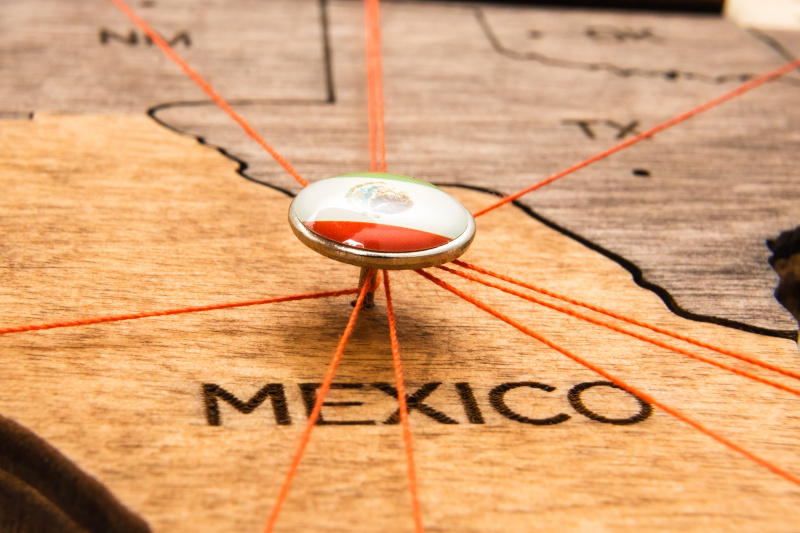Why are packaging decisions made and implemented? What factors determine how managers choose one packaging design over another? According to a study published in the International Journal of Production Research, there’s several reasons but four stand out – and they may surprise you. From the least influential to the most, here are the top four guiding forces behind industrial packaging decisions.
# 4 Environmentally Motivated Initiatives
In today’s day and age, many companies strive for a green supply chain. However, the government also legislates green packaging standards. In the U.S., most environmental packaging regulations apply only to consumer products – for now. The U.K. has already started looking to impose sustainability standards on industrial companies and it’s only a matter of time before they make their way to the U.S. Regardless, environmentally motivated packaging decisions take into account:
- Consumption of energy
- Harmful emissions to air, water or soil
- Generation of waste material
- Improvement of recycling and packaging reuse
# 3 Legislative Motivated Initiatives
Beyond government-imposed sustainability requirements, there are products that the government strictly regulates. These typically include food, drug and cosmetic packaging materials, but industrial companies feel the pressure, too. Items like lithium ion batteries; automotive components, like hydraulic brakes that pose the risk of fluid leaks; and anti-static bags to name a few. Packaging decision makes must both be aware of these regulations and incorporate them into the design.
# 2 Operational Motivated Initiatives
Depending on the type of organization, there are several operational constraints that influence packaging design decisions. Complicating this further, operations don’t stay consistent and fluctuate over time. Operational constraints include:
- Labor, materials and cost pressure
- Safe and efficient working systems (like transport method(s))
- The availability of materials and packaging quality requirements
It’s important to note that, like packaging design, operational considerations are highly situation-dependent (which is why custom packaging is so effective).
# 1 Customer-Imposed Initiatives
The number one consideration of packaging design? Customer-imposed packaging requirements. While this isn’t always ideal for the supplier or manufacturer, when a customer has specific standards, companies are contractually obligated to comply. Some customers have material requirements and branding requirements. Depending on the type of product, customers may have different packaging performance criteria. In addition to any material or branding requirements, typical evaluation criteria will likely involve packaging that is rust free, damage free, contamination free and easy to use.
While there are some factors that can be controlled in the packaging decision-making process, there are many others that can’t. Partnering with a packaging firm that can produce a design that is environmentally friendly, legislatively compliant, operationally efficient and meets customer-imposed requirements is a must – especially if companies want to reduce costs and wastes.
If you’d like to learn more about how we can help create the perfect packaging for you, don’t hesitate to contact us.





